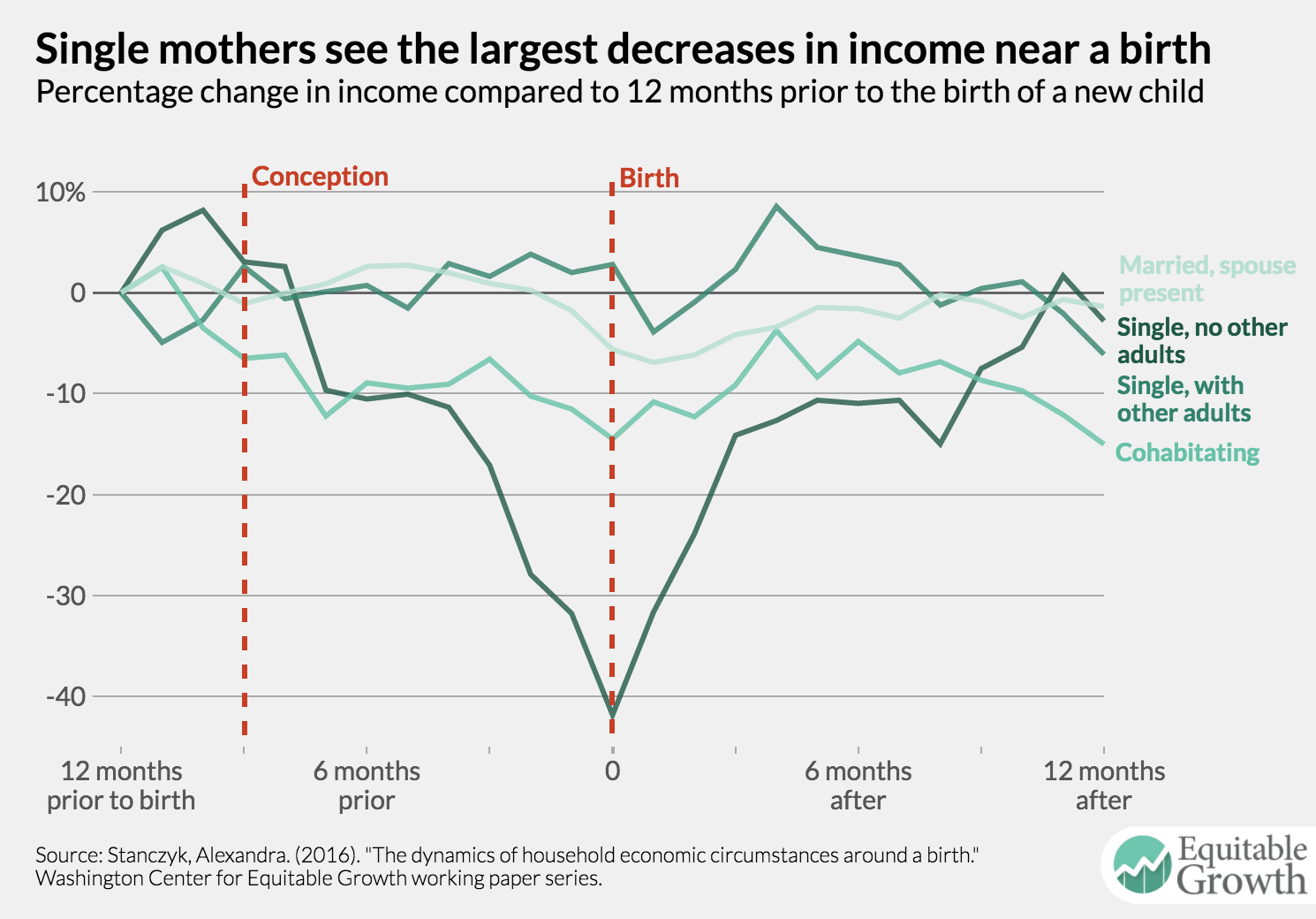Overview
Existing paid parental, caregiving, and medical leave programs in the United States do not reach everyone, with low-income working families most in need of support the least likely to have access to benefits. In the absence of a federal policy, however, a growing number of states have adopted their own paid leave programs. Data from these programs alongside a range of available federal data allow researchers to generate a clearer understanding of how paid leave affects workers, families, employers, and the economy as a whole in these states. Yet more work remains to be done to understand the nuances of these programs’ effects. Doing so will require additional groundwork to create better data to inform policy. This paper assesses the range and robustness of the data available for answering many of the remaining questions about paid leave and offers a blueprint for building the necessary data architecture in order to advance evidence-backed policy.
Download File
Paid Family and Medical Leave in the United States: A Data Agenda
Related
In conversation with Hilary Hoynes
Explore the Equitable Growth network of experts around the country and get answers to today's most pressing questions!






